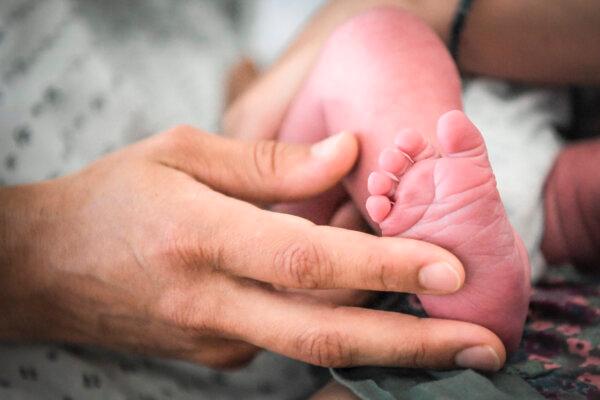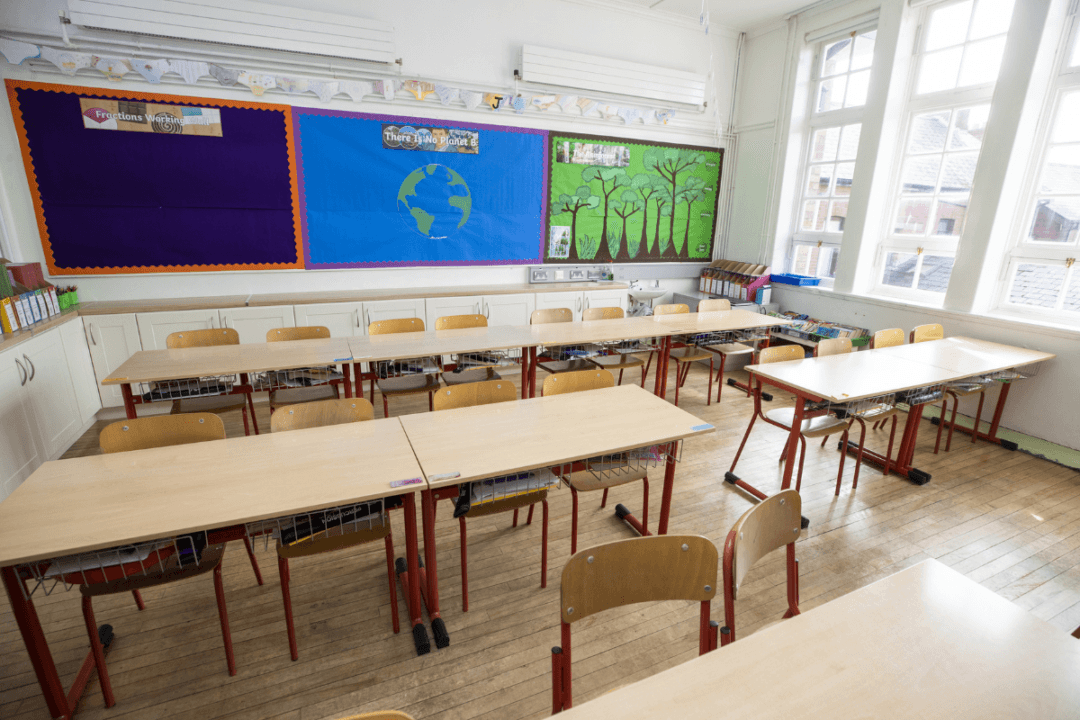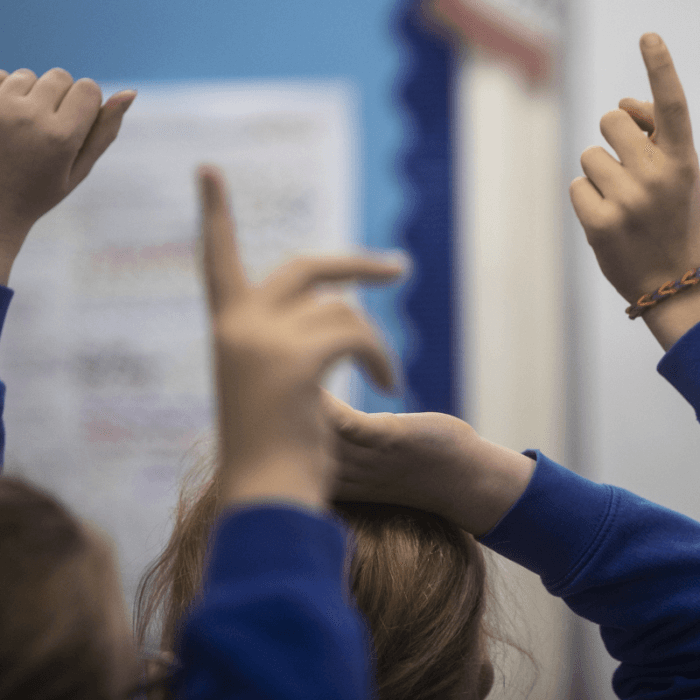Nearly half of governors and trustees in primary schools in England have said their finances have been impacted by falling pupil numbers.
In England, school funding is tied to enrolment figures. The NGA said that projected pupil numbers has replaced infrastructure costs as the third biggest challenge to setting a balanced budget. The association noted that this was the first year they asked school chiefs about the impact of pupil numbers on school finances.
Report authors said enrolment is affecting “an increasing swathe of the educational landscape” and that they were seeing more respondents across the country “citing falling pupil numbers as one of their top challenges in setting a balanced budget, which will inevitably lead to a fall in funding levels that will not be levelled out by a fall in costs.”
400,000 Fewer Primary School Pupils by 2028
The most recent official data on national pupil projections expect that by 2028, there will be 3,191,441 secondary school pupils, down by only 2,000 on 2023. The changes in birthrate is demonstrated by the number of younger pupils anticipated in four years’ time, with there being a predicted 4,180,930 children in nursery and primary schools—down a considerable 412,000 on 2023.“Some of the most severely affected schools will struggle to stay viable. As these schools feel the squeeze, they will be forced to consider alternatives: mergers with other schools, difficult cost-cutting measures, and ultimately school closures,” the EPI said.
The poll also revealed that over 60 percent of schools or trusts are unable to balance their budgets, representing the highest percentage since the survey was first performed in 2012, according to the NGA.
Sam Henson, deputy chief executive of the NGA, said the results of the survey paint a bleak picture of the education system, which is experiencing the far-reaching impact of financial strain.
“It’s clear that without immediate, systemic reforms and significant investment in our schools, we risk failing a generation of children,” Mr. Henson said.
In response to the findings, a Department for Education spokesperson said, “We understand the concerns schools are raising around their budgets and while this cannot be fixed overnight, we are focused on ensuring that state schools have the resources they need to allow children to thrive.”

Declining Birth Rates
Speaking to NTD’s “British Thought Leaders” in May, demographer and data scientist Stephen J. Shaw said that population decline is “the most serious crisis humanity is facing” and could result in shrinking communities, intergenerational strife, and societal collapse.Figures from the Office for National Statistics put the total fertility rate (TFR) in England and Wales at 1.49 children per woman in 2022, a decrease from 1.55 in 2021 and well below the replacement rate of 2.1. The TFR has been decreasing since 2010.
Teens were also found to be ill-informed about fertility, with a second study based on the survey results published in Health Education Journal saying that pupils wanted more information in sex education class about how to have a healthy pregnancy, not just how to avoid pregnancy. Almost half (49 percent) of respondents said they did not know when a woman was most fertile.







